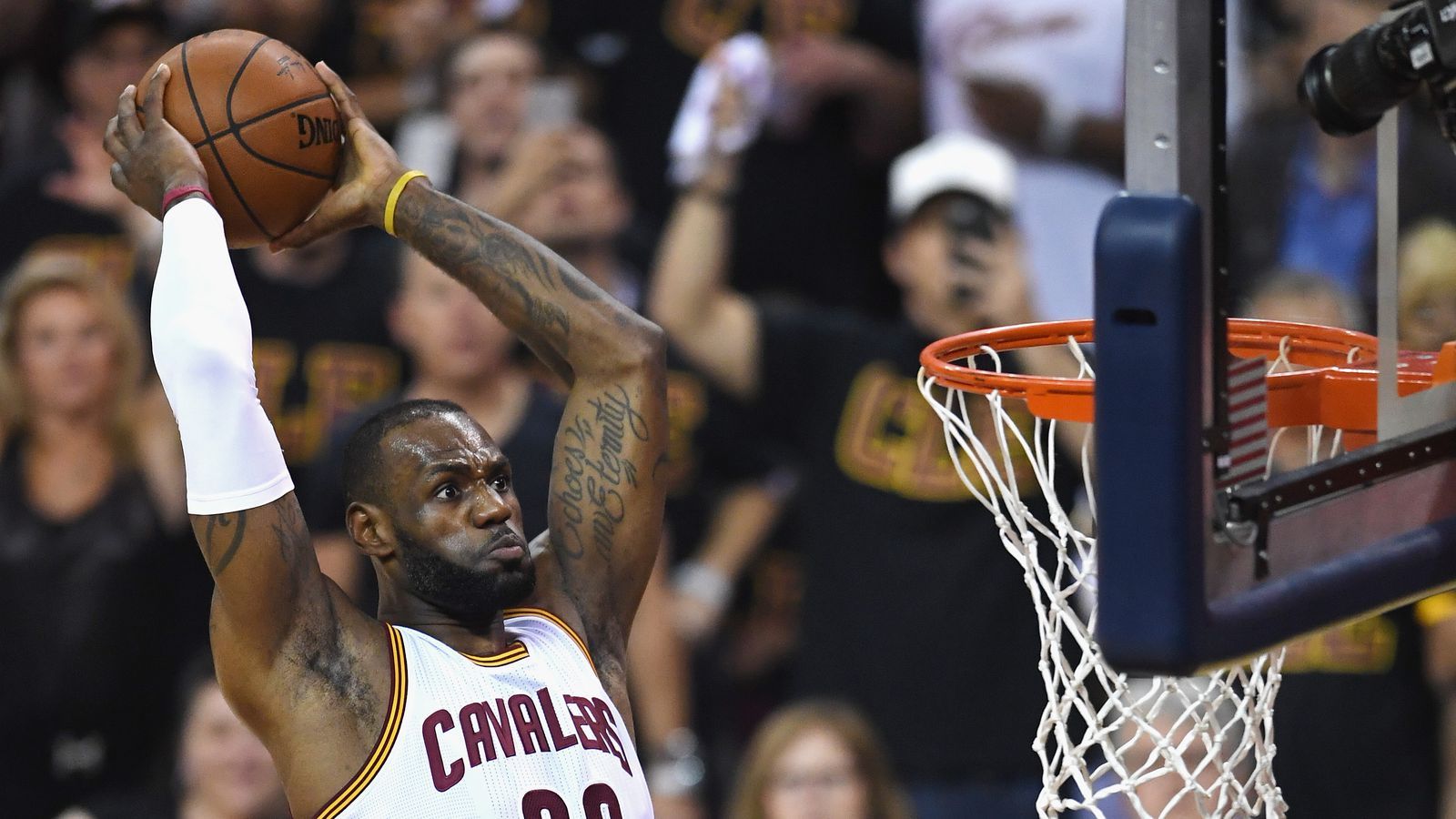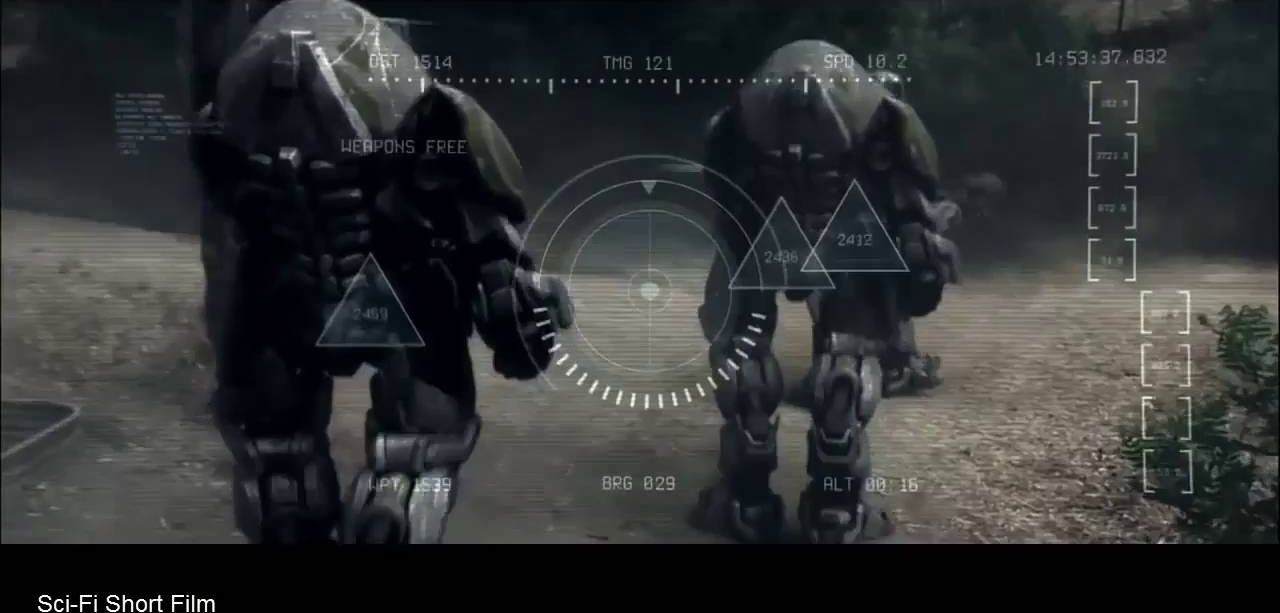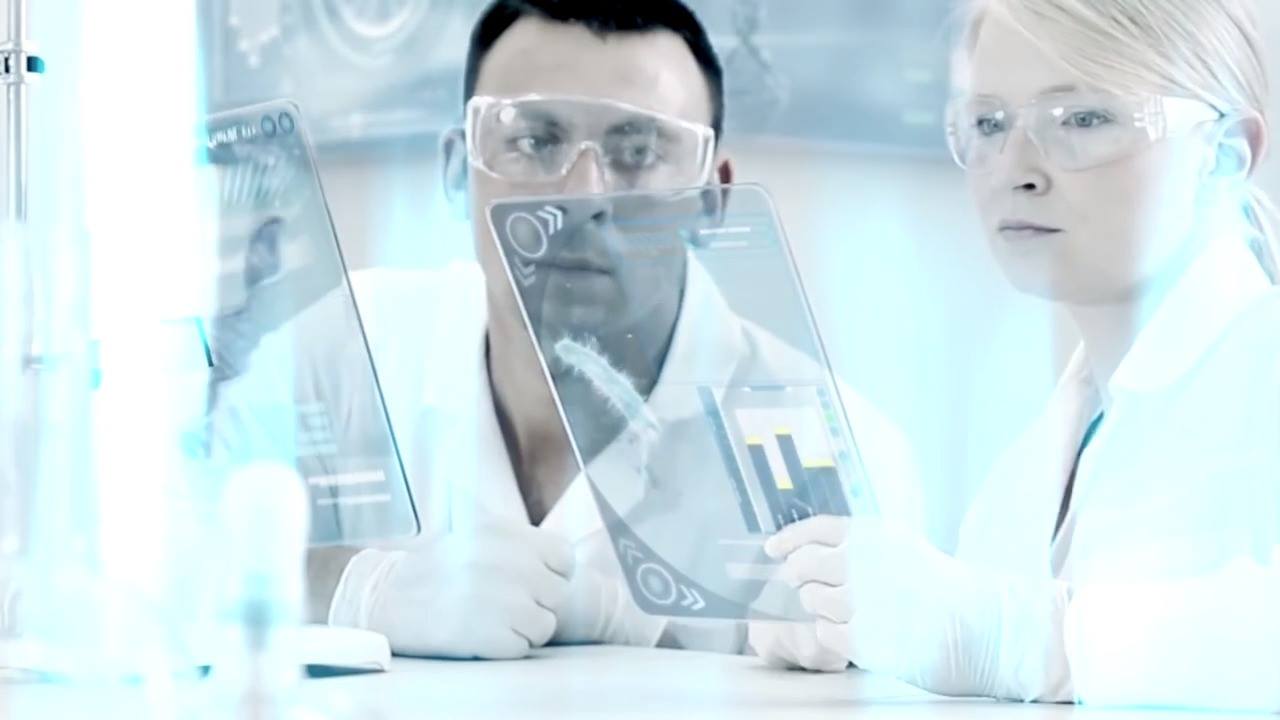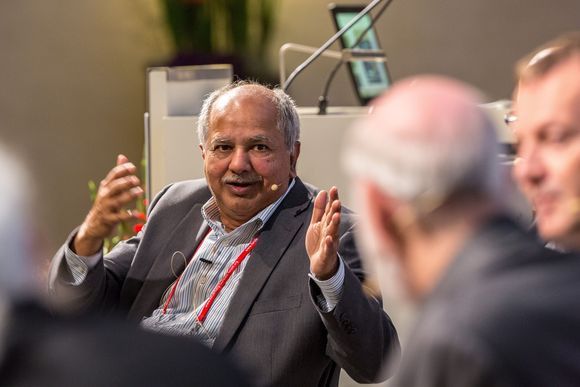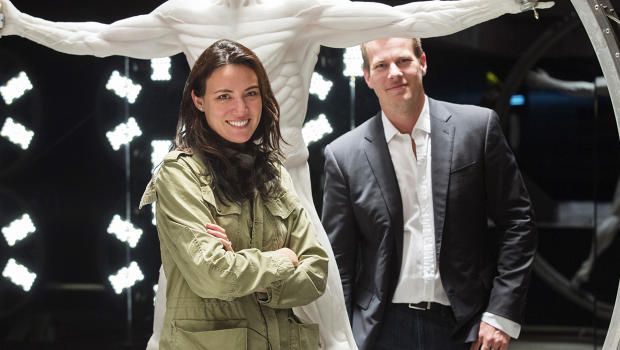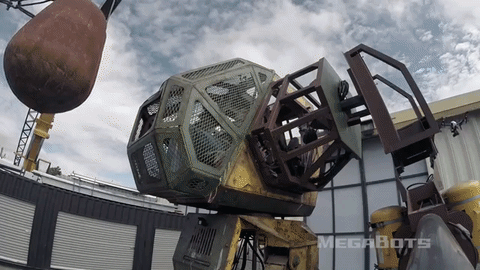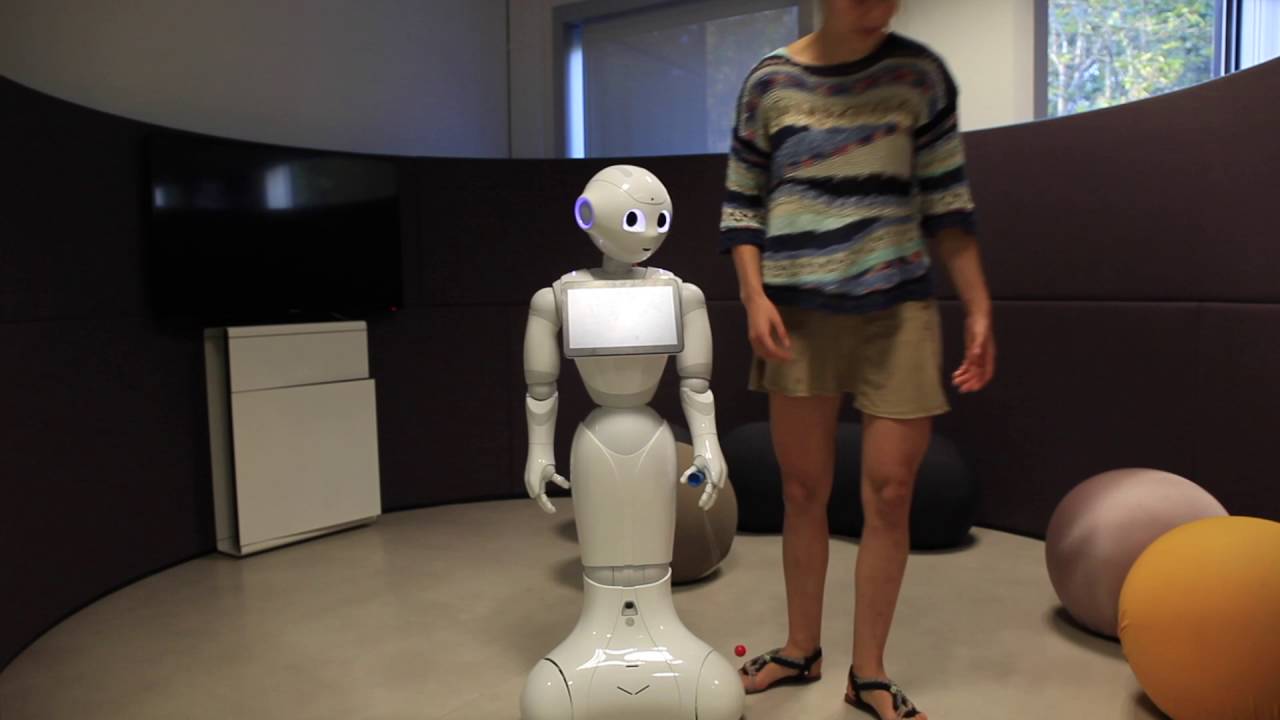The NBA, the first major sports league to really embrace virtual reality, is getting even more serious about the technology for the upcoming 2016–2017 season. Today NBA Digital and its partner NextVR announced that they’ll broadcast at least one game every week during the season in VR, complete with dedicated announcers, multiple camera angles, and VR-optimized graphics.
Fans will need to have a full-season NBA League Pass subscription — either purchased directly or through a cable provider — to watch games in virtual reality. VR games can be viewed using Samsung’s Gear VR and the NextVR app. The NBA says that other VR headsets will be supported later in the season. During game breaks, fans will be able to see in-venue entertainment and behind-the-scenes arena footage.
“This programming marks the first regular schedule of live games delivered in VR by a professional sports league,” the NBA said in today’s press release. And yeah, that’s a fairly big deal. We’re beginning to see regular, consistent VR content (like professional basketball) that millions of people actually care about. And the NBA deserves credit for being bold in helping to form that path.
